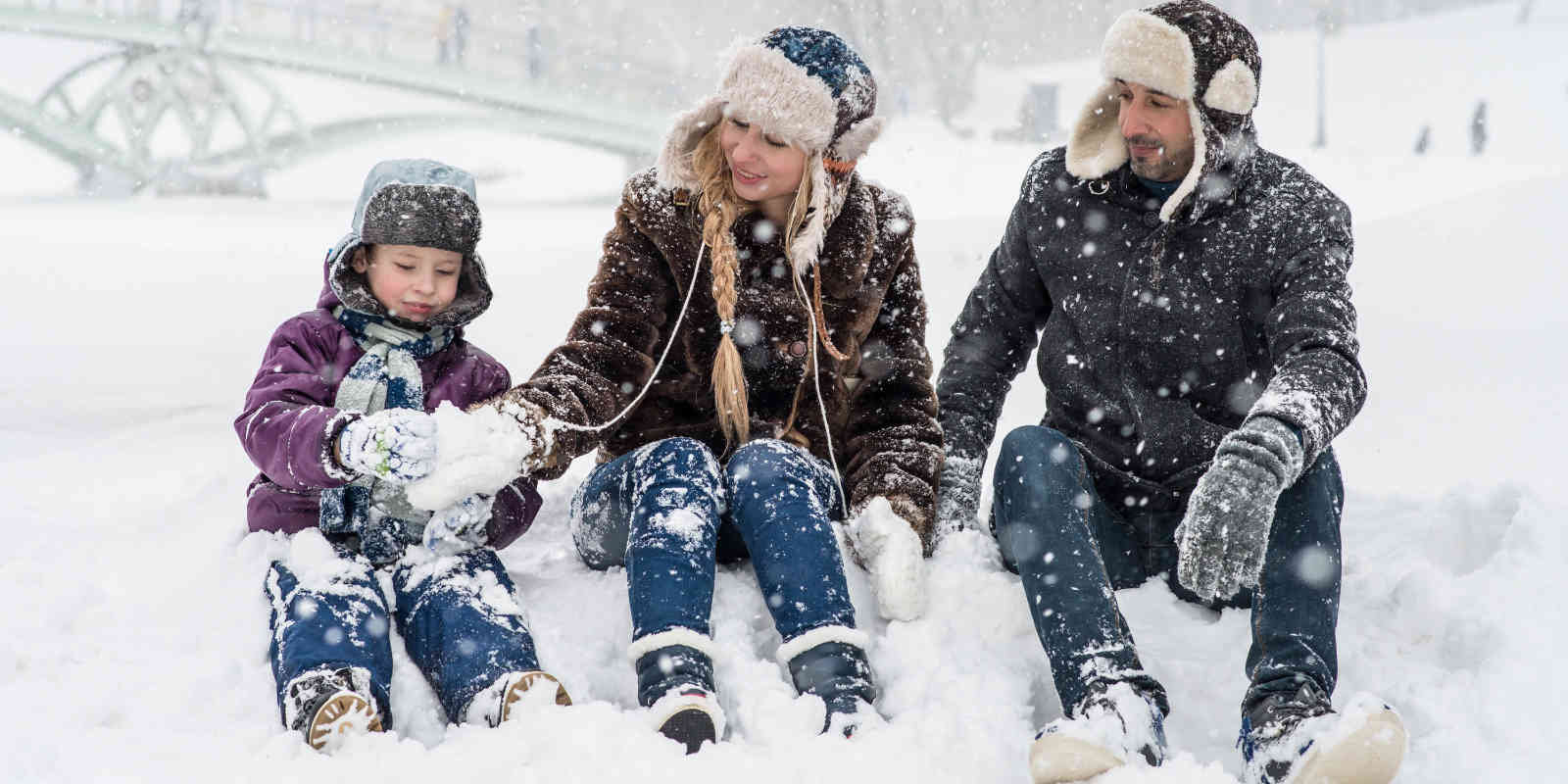Getting ready for snow and cold
Winter storms and blizzards can bring extreme cold, freezing rain, snow, ice, and high winds. Traveling during extreme cold often involves a higher risk of car accidents, hypothermia, frostbite, carbon monoxide poisoning, and heart attacks from overexertion.
Snowstorms and extreme cold
A winter storm can:
- Last from a few hours to several days
- Knock out heat, power, and communication services
- Place older adults, young children, and sick individuals at greater risk
If you are under a winter storm warning:
- Find shelter right away
- Stay off roads
- Stay indoors and dress warmly
- Prepare for power outages
- Use generators outside only, and away from windows
- Listen for emergency information and alerts
- Look for signs of hypothermia and frostbite
- Check on your neighbors if possible
Be prepared
How to stay safe when a winter storm threatens:
- Know your area’s risk for winter storms. Extreme winter weather can leave communities without utilities or other services for long periods of time.
- Prepare your home to keep out the cold with insulation, caulking, and weather stripping.
- Learn how to keep pipes from freezing.
- Install and test smoke alarms and carbon monoxide detectors with battery backups.
- Pay attention to weather reports and warnings of freezing weather and winter storms.
- Sign up for your community’s warning system.
- The Emergency Alert System (EAS) and National Oceanic and Atmospheric Administration (NOAA) Weather Radio also provide emergency alerts.
- Gather supplies in case you need to stay home for several days without power.
- Keep in mind each person’s specific needs, including medication.
- Do not forget the needs of your pets.
- Have extra batteries for radios and flashlights.
- Learn the signs of, and basic treatments for, frostbite and hypothermia (see below).
- Avoid carbon monoxide poisoning. Only use generators and grills outdoors and away from windows. Never heat your home with a gas stovetop or oven.
Winter travel
Create an emergency supply kit for your car. It should include:
- Jumper cables
- Flashlight with fresh batteries
- Warm clothes
- Blankets
- Bottled water
- Non-perishable snacks
- Keep the gas tank full
Survive outdoors
Protect yourself when outdoors:
- Stay off roads if at all possible. If trapped in your car, then stay inside.
- Limit your time outside. If you need to go outside, then wear layers of warm clothing.
- Watch for signs of frostbite and hypothermia.
- Reduce the risk of a heart attack. Avoid overexertion when shoveling snow.
- Watch for signs of frostbite and hypothermia and begin treatment right away.
- Check on neighbors. Older adults and young children are more at risk in extreme cold.
Recognize and Respond
Be aware of physical symptoms that extreme cold can cause:
- Frostbite causes loss of feeling and color around the face, fingers, and toes.
- Signs: Numbness, white or grayish-yellow skin, firm or waxy skin.
- Actions: Go to a warm room. Soak in warm water. Use body heat to warm. Do not massage or use a heating pad.
- Hypothermia is an unusually low body temperature. A temperature below 95 degrees is an emergency.
- Signs: Shivering, exhaustion, confusion, fumbling hands, memory loss, slurred speech, or drowsiness
- Actions: Go to a warm room. Warm the center of the body first—chest, neck, head, and groin. Keep dry and wrapped up in warm blankets, including the head and neck.


